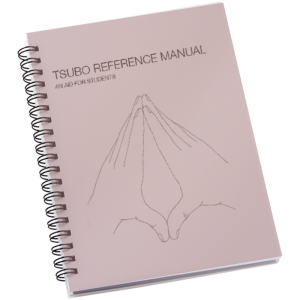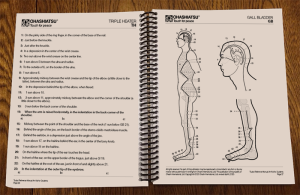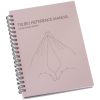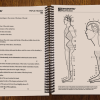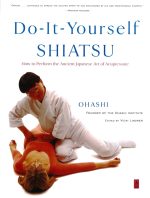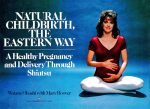This manual was originally prepared for students of the Ohashiatsu® Program. It illustrates and describes
the location of all the tsubos (pressure points) of the 12 traditional meridians. In addition, it presents the
Governing and Conception Vessels as well as the Bo and Yu Points. The illustrations and descriptions have
been taken from four published sources, listed on the title page, and are written in a language familiar to lay
people. Those students who know anatomical terms may wish to supplement the descriptions.
To further reinforce the learning process, the editors have included illustrations at the end that show the
front, back and side views of the human body. The meridians are drawn with different patterns (solid lines
and broken lines), and there are spaces on the side for you to write the meridian, whether it is yin or yang,
and the associated element.
We wish to stress that this manual is primarily for reference. These guidelines will help you to locate and
remember the tsubos, but we don’t advocate memorizing the descriptions. As we emphasize in Ohashiatsu
courses, one must first learn with the body, not with the mind. We stress that it is important to develop the
appropriate physical sensitivity and the right philosophical attitude when first learning the Ohashiatsu®
method.
~ The Ohashi Institute faculty and staff

